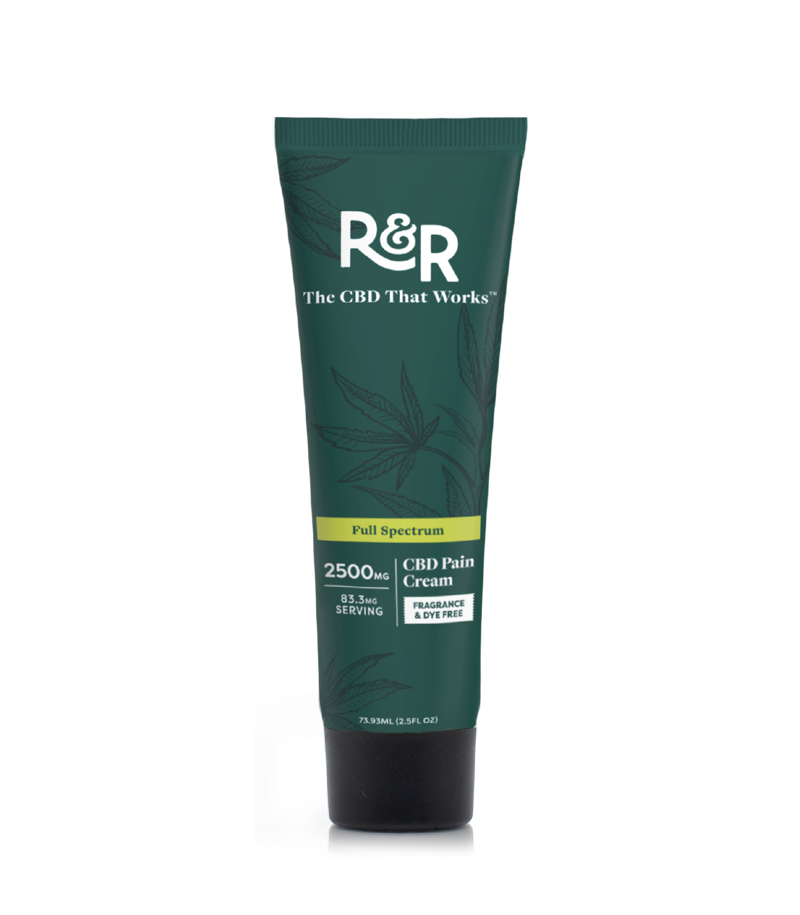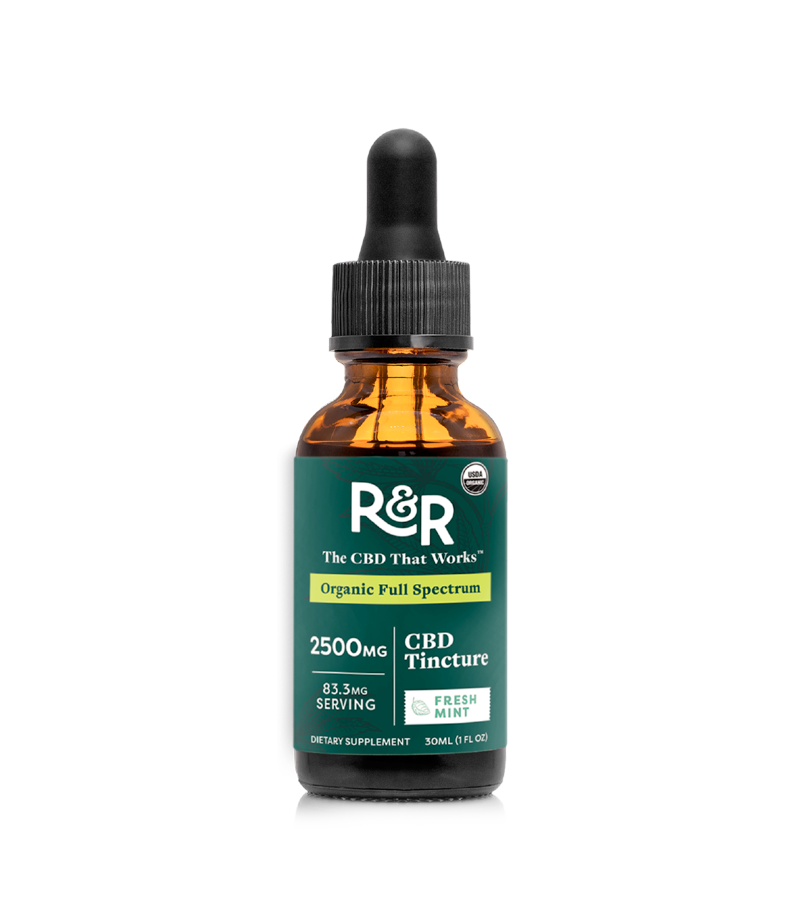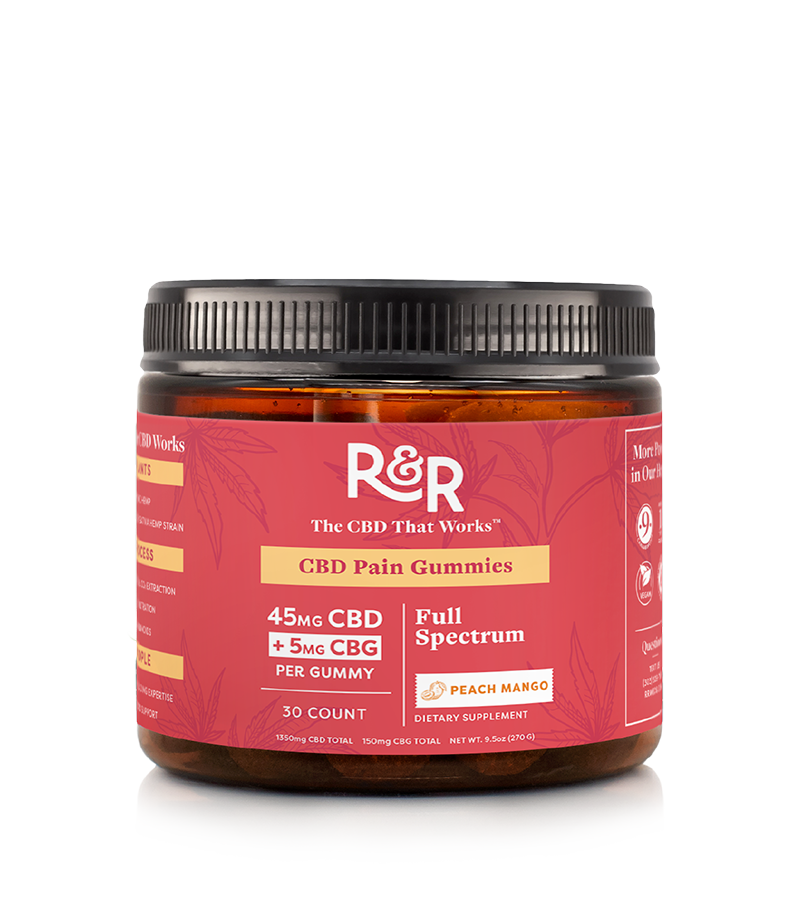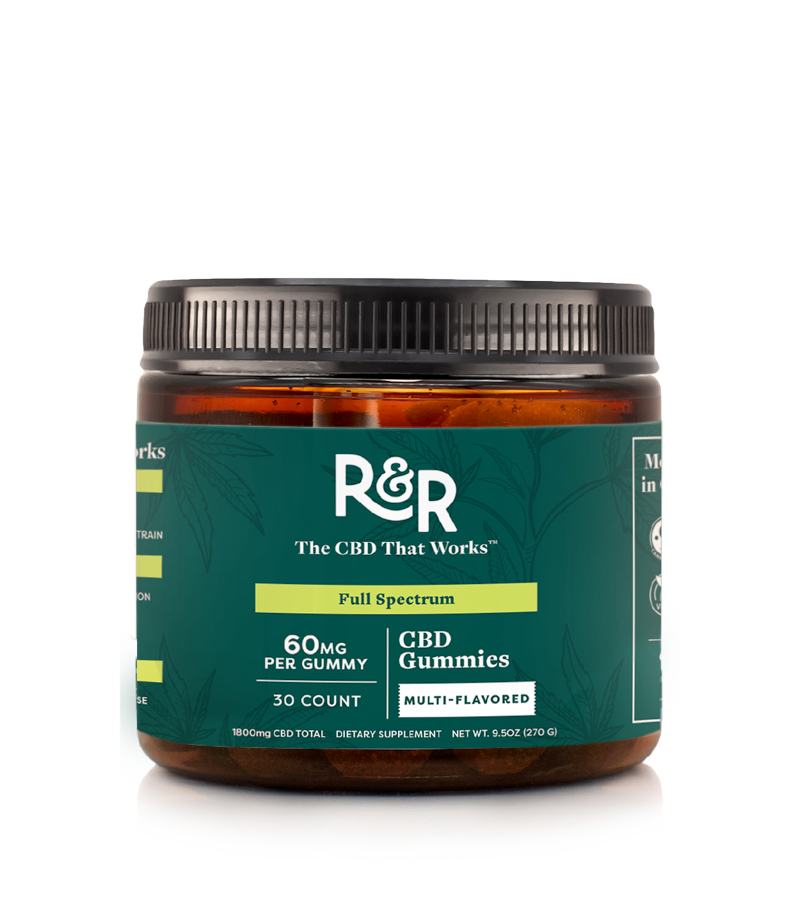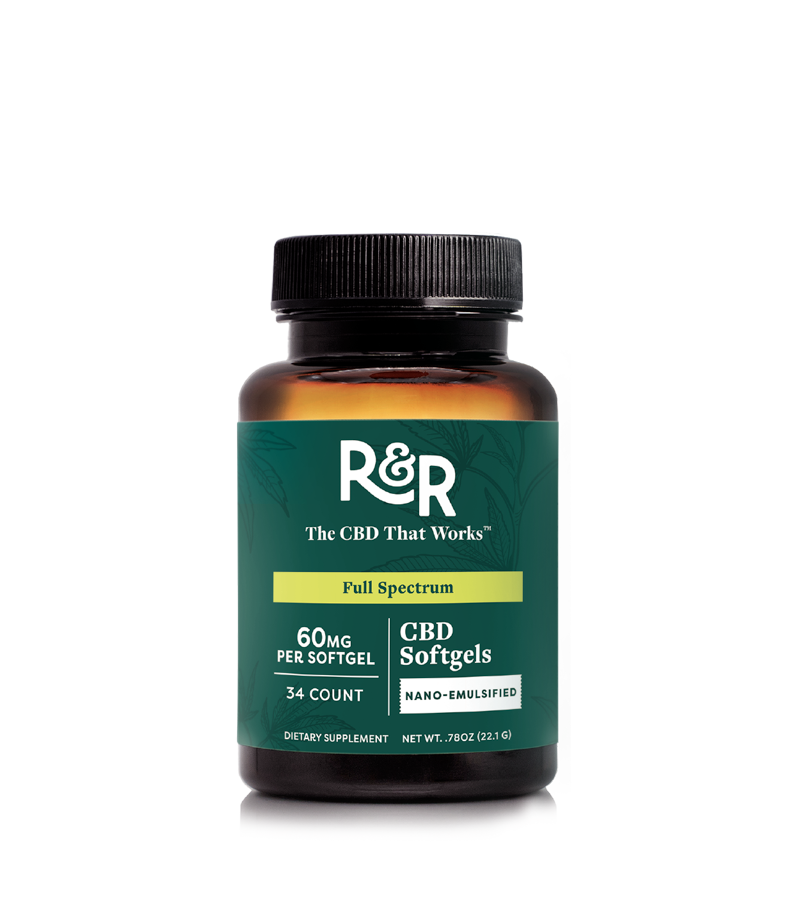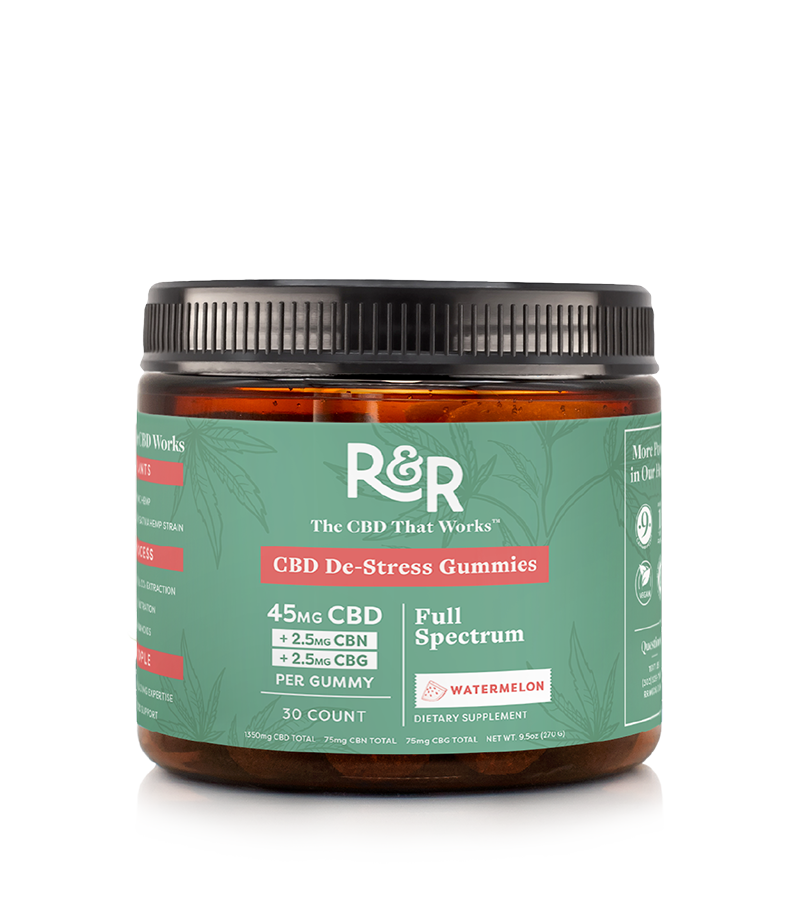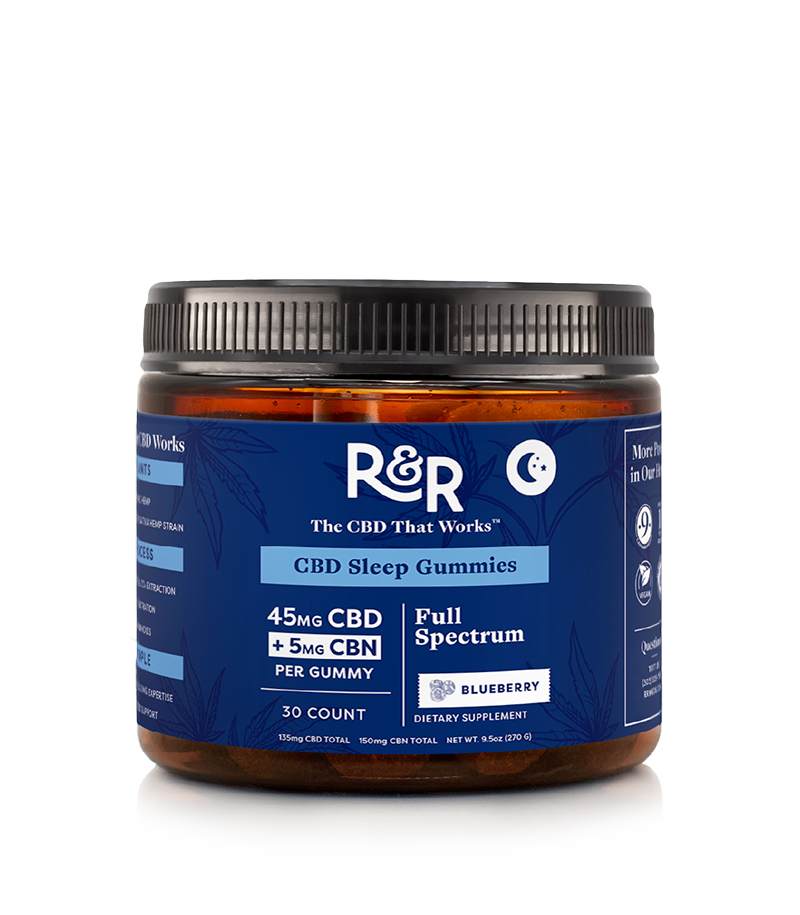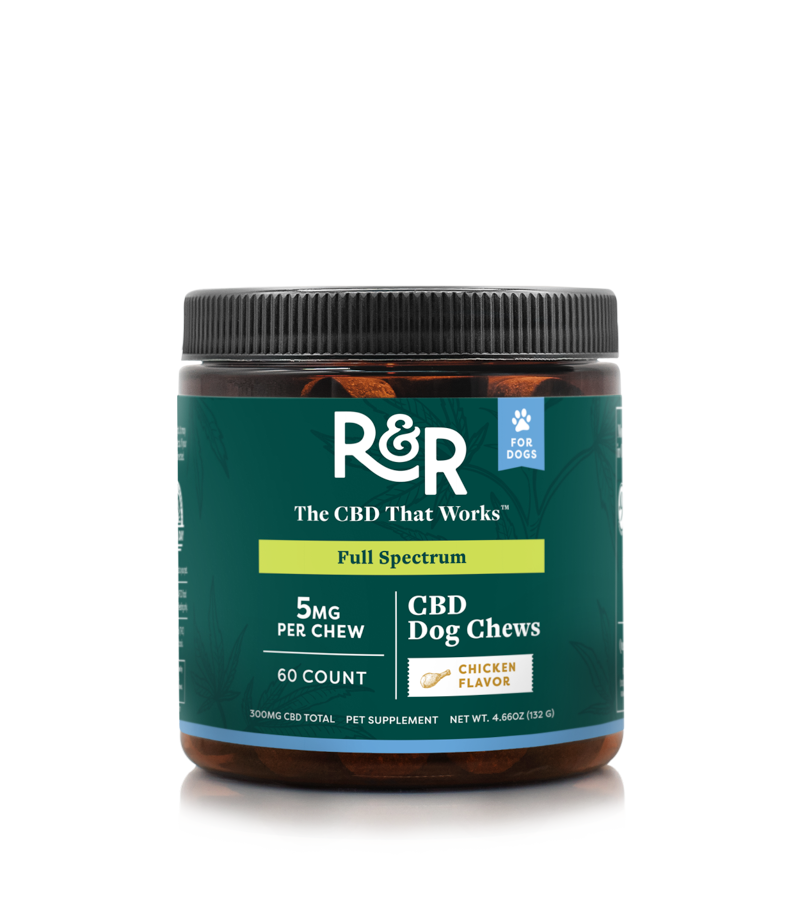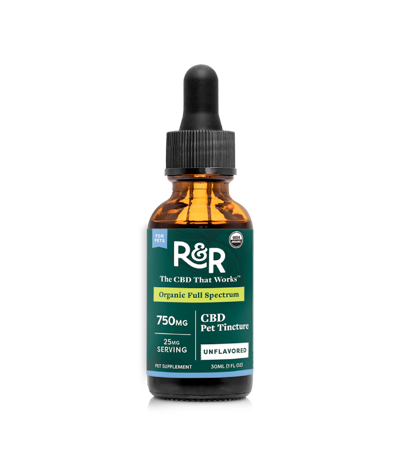THC and CBD may be the most popular cannabis cannabinoids, but there are over 100 other cannabinoids with unique health effects and benefits.
Two lesser-known but increasingly popular cannabinoids are cannabigerol (CBG) and tetrahydrocannabivarin (THCv). While research is still emerging, early studies suggest these compounds may offer unique therapeutic properties without the psychoactive effects of THC.
Key Takeaways
-
CBG has potential anti-inflammatory and neuroprotective properties, while THCv may suppress appetite and, at lower doses, provide energy and focus.
-
CBG may offer stronger pain relief than THC and stimulate appetite, while THCv suppresses appetite and could help with weight management and blood sugar regulation.
-
Both cannabinoids are federally legal when derived from compliant hemp (per the 2018 Farm Bill), though state laws vary.
-
Users can consume these cannabinoids through various methods, including full-spectrum CBD products, targeted formulations, and customized blends depending on specific health goals.
What Are CBG and THCv?
CBG and THCv are non-psychoactive cannabinoids found in the cannabis plant. They interact with your body's endocannabinoid system, a complex network of receptors and neurotransmitters that helps regulate various physiological processes, including pain sensation, mood, appetite, and immune function.
However, CBG and THCv engage with this system differently than the more well-known THC and CBD. This means they could offer distinct therapeutic benefits without the "high" typically associated with cannabis use.
CBG (Cannabigerol)
Often referred to as the "mother cannabinoid," CBG Is the precursor to other cannabinoids like THC and CBD. As the cannabis plant matures, enzymes convert CBG into other cannabinoids, leaving only trace amounts of CBG in aged cannabis.
Despite its low concentrations, CBG has gained attention for its potential health benefits. For instance, it is non-intoxicating, meaning it doesn't produce the euphoric effects of THC.
Early research suggests CBG may possess anti-inflammatory and neuroprotective properties, making it a promising candidate for managing inflammatory bowel disease, glaucoma, Huntington's, and such-like diseases.
THCv (Tetrahydrocannabivarin)
THCv is a structural analog of THC, meaning it has a similar molecular structure but with slight variations that give it distinct properties. While THC is known to stimulate appetite (the infamous "munchies"), THCv may be an appetite suppressant.
This has led to interest in THCv as a possible aid for weight loss and glycemic control in individuals with diabetes. Additionally, at lower doses, THCv may be energizing and focus-enhancing without intoxication.
How Do CBG and THCv Differ in Their Effects?
While both CBG and THCv interact with the body's endocannabinoid system, they produce distinct effects that set them apart from each other and other cannabinoids like THC and CBD.
CBG Effects
Research suggests CBG may offer potent pain-relieving properties, potentially even stronger than THC. This makes it a promising option for managing chronic pain conditions.
Additionally, unlike THCv, which suppresses appetite, CBG displays appetite-stimulating effects. It is also thought to possess neuroprotective effects, which have led to interest in CBG as a therapeutic agent for conditions that cause appetite loss or neurodegeneration.
THCv Effects
One of the most notable effects of THCv is appetite suppression. This makes it an intriguing candidate for weight management and glycemic control in individuals with diabetes or metabolic disorders. By reducing food intake and regulating blood sugar levels, THCv may offer unique benefits not typically associated with cannabis use.
Furthermore, at lower doses, THCv displays energizing and focus-enhancing properties—attributes that appeal to individuals seeking a natural way to boost productivity and mental clarity.
Potential Therapeutic Benefits of CBG and THCv

While research is still in its early stages, CBG and THCv have shown promise in addressing various health concerns. Here's a closer look at some potential applications of these lesser-known cannabinoids.
Pain and Inflammation
Cannabinoids generally possess anti-inflammatory properties, making them potential allies in managing pain and inflammation. CBG, in particular, demonstrates potent analgesic effects, possibly even stronger than THC, and could help with certain types of pain, such as neuropathic or inflammatory pain.
Metabolic Health
THCv's unique ability to suppress appetite and regulate blood sugar levels has garnered interest in its potential to support metabolic health.
For individuals struggling with obesity, diabetes, or other metabolic disorders, THCv may offer a natural way to manage weight and improve glucose control. By reducing food intake and optimizing insulin sensitivity, THCv could be a valuable tool in the fight against metabolic syndrome.
Neuroprotection
CBG's antioxidant and neuroprotective qualities make it a promising candidate for supporting brain health. As an antioxidant, CBG may help protect brain cells from oxidative stress, a key factor in neurodegenerative diseases like Alzheimer's and Parkinson's.
Additionally, CBG's ability to stimulate the growth of new brain cells (neurogenesis) could further contribute to its neuroprotective effects, potentially slowing or even reversing cognitive decline.
Nevertheless, more research is needed to fully understand the therapeutic potential of these two cannabinoids. However, the unique properties of these compounds suggest they could offer targeted benefits for specific health concerns, making them exciting additions to the ever-expanding world of cannabis-based wellness.
How Do CBG and THCv Interact With Other Cannabinoids?
CBG and THCv don't work in isolation; they interact with other cannabinoids like THC and CBD to produce unique effects. This interplay between different compounds creates the entourage effect.
CBG, for example, is thought to reduce the psychoactive effects of THC while amplifying its pain-relieving properties. This means combining CBG with THC could provide more targeted pain relief without the intense "high" associated with high-THC products.
Similarly, THCv combined with CBD may offer enhanced anti-inflammatory benefits. By working together, these cannabinoids could provide more potent relief for conditions like arthritis, inflammatory bowel disease, and other chronic inflammatory disorders.
The entourage effect highlights the importance of full-spectrum and broad-spectrum cannabis products. These products preserve the natural balance of cannabinoids and other beneficial compounds like terpenes. As a result, you may experience more targeted and effective relief for your specific health concerns.
Are CBG and THCv Legal?
The legal status of CBG and THCv largely depends on their source and area laws. The 2018 Farm Bill legalized hemp and its derivatives, including CBG and THCv, at the federal level. As long as these compounds are derived from compliant hemp, they are considered federally legal.
However, state laws vary. While many states have aligned their regulations with the federal Farm Bill, some still have restrictive policies regarding hemp-derived cannabinoids. So, it's always good to check your local laws and regulations to ensure you access CBG and THCv products from compliant sources.
When purchasing CBG or THCv products, look for reputable brands that provide third-party lab testing results. These tests verify the cannabinoid content and ensure the product meets legal requirements.
As research continues on minor cannabinoids like CBG and THCv, more people continue using these compounds as natural alternatives for managing various health concerns.
So, if you're considering incorporating CBG or THCv into your wellness routine, be sure to consult a healthcare professional to determine if these cannabinoids are right for you and to ensure they won't interact with any medications you may be taking.
What Are the Best Ways to Consume CBG and THCv for Targeted Effects?
When using cannabinoids, choosing the right consumption method can make a big difference in your experience. Different product types offer unique benefits and allow you to tailor your cannabinoid intake to your specific needs.
One of the most effective ways to harness the power of CBG and THCv is through full-spectrum CBD products. These products contain a wide range of cannabinoids, including trace amounts of CBG and THCv, working together to enhance therapeutic potential and provide comprehensive relief for issues like pain, inflammation, and stress.
Our CBD Pain Gummies can help you move easily and feel good again. In addition to pain-killing superstars CBD and CBG, we’ve formulated these Gummies with R&R’s proprietary Pain Relief Blend that includes Devil’s Claw and Boswellia (frankincense) extract.
When taken consistently, our Gummies effectively target inflammation and pain, letting you get back to living an unencumbered life–all without the harsh side effects that opioids and other medications can cause.*
If you're targeting specific benefits of CBG or THCv, you may want to try products that are dominant in these cannabinoids. Our CBD Pain Rolls are well-loaded with CBG and other minor cannabinoids.
Infused with 2500mg of Full-Spectrum CBD, 500mg of CBG, and soothing menthol, this formula delivers fast-acting relief of aching joints and strained muscles, whether from injury or chronic conditions.*
Another option is to create personalized cannabinoid blends based on your unique needs and preferences. Some manufacturers offer custom formulations that allow you to mix and match different cannabinoids to achieve your desired effects.
For example, you could combine CBG with THC for enhanced pain relief without intense psychoactivity or THCv with CBD for targeted inflammation support and improved mental clarity.
Final Thoughts
Ultimately, the best way to consume CBG and THCv depends on your health goals and sensitivities. For most users, this involves experimenting with different product types and cannabinoid ratios until you find the perfect combination for your needs.
As a rule of thumb, always start with a low dose and gradually increase until you achieve the desired effects. Consult a healthcare professional if you have concerns or questions about incorporating these cannabinoids into your wellness routine.
R&R CBD offers a trusted selection of CBG and THCv products to help you explore the unique benefits of these cannabinoids. Our products undergo rigorous testing to ensure quality and compliance, providing safe and effective solutions for your wellness needs.
Discover the best CBG products at R&R CBD today.
Frequently Asked Questions
Does CBG Get You More High?
CBG does not get you high. Like CBD, it is a non-psychoactive cannabinoid, meaning it does not produce the intoxicating effects commonly associated with THC.
What Exactly Does CBG Do?
CBG interacts with the body's endocannabinoid system, exerting its potential anti-inflammatory, neuroprotective, and antibacterial properties.
Is CBG More Powerful than CBD?
CBG is not necessarily more powerful than CBD; the two cannabinoids have different effects and benefits. While CBD is often associated with calming and anti-anxiety effects, CBG may be more helpful for inflammation, pain, and neurodegeneration. The choice between them depends on the desired therapeutic outcome.
Does CBG Keep You Awake?
CBG does not typically keep you awake. In fact, it may have relaxing effects for some users. However, individual responses can vary, and its effects on sleep are not as well-documented as those of other cannabinoids like CBD or THC.
References

















